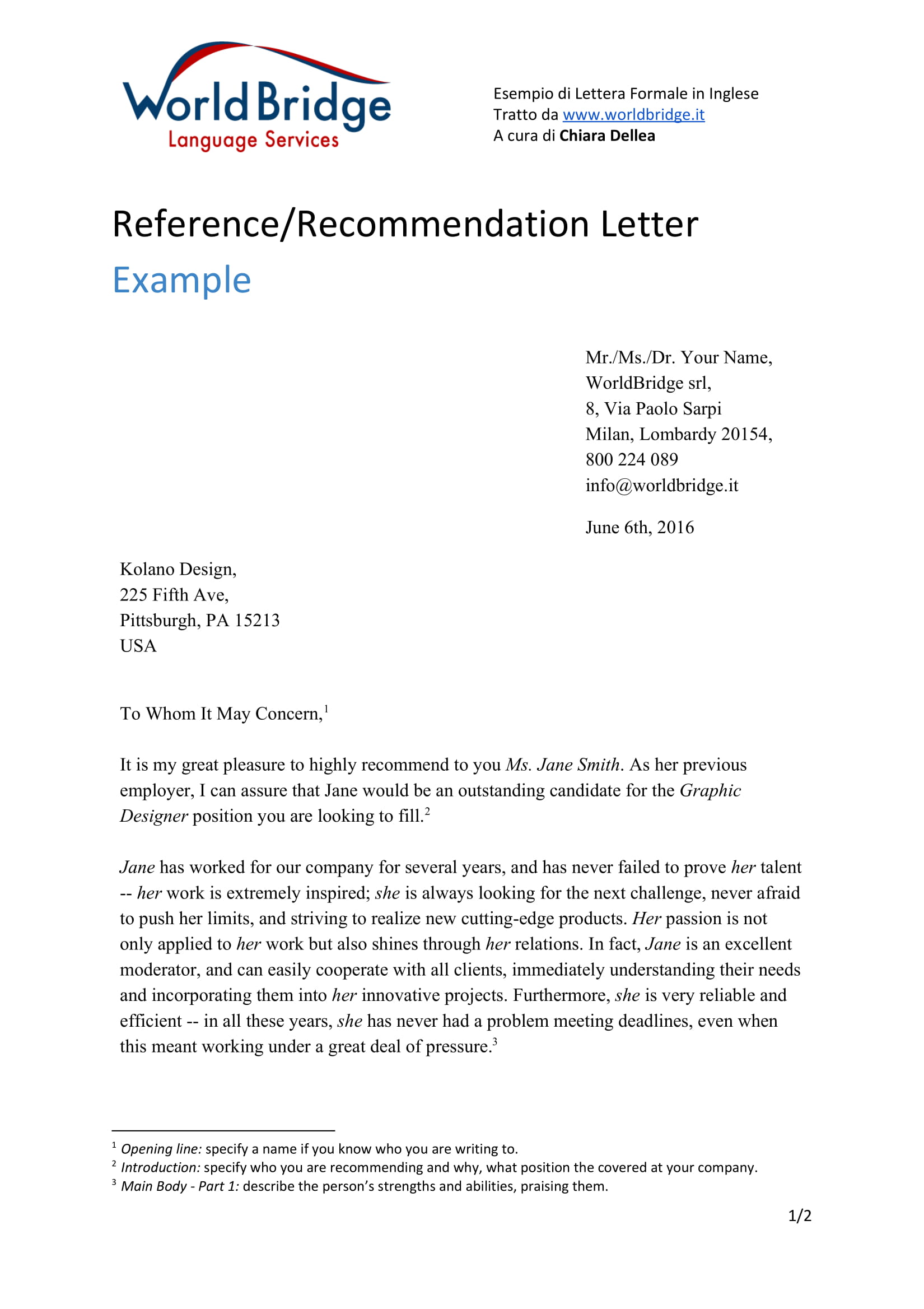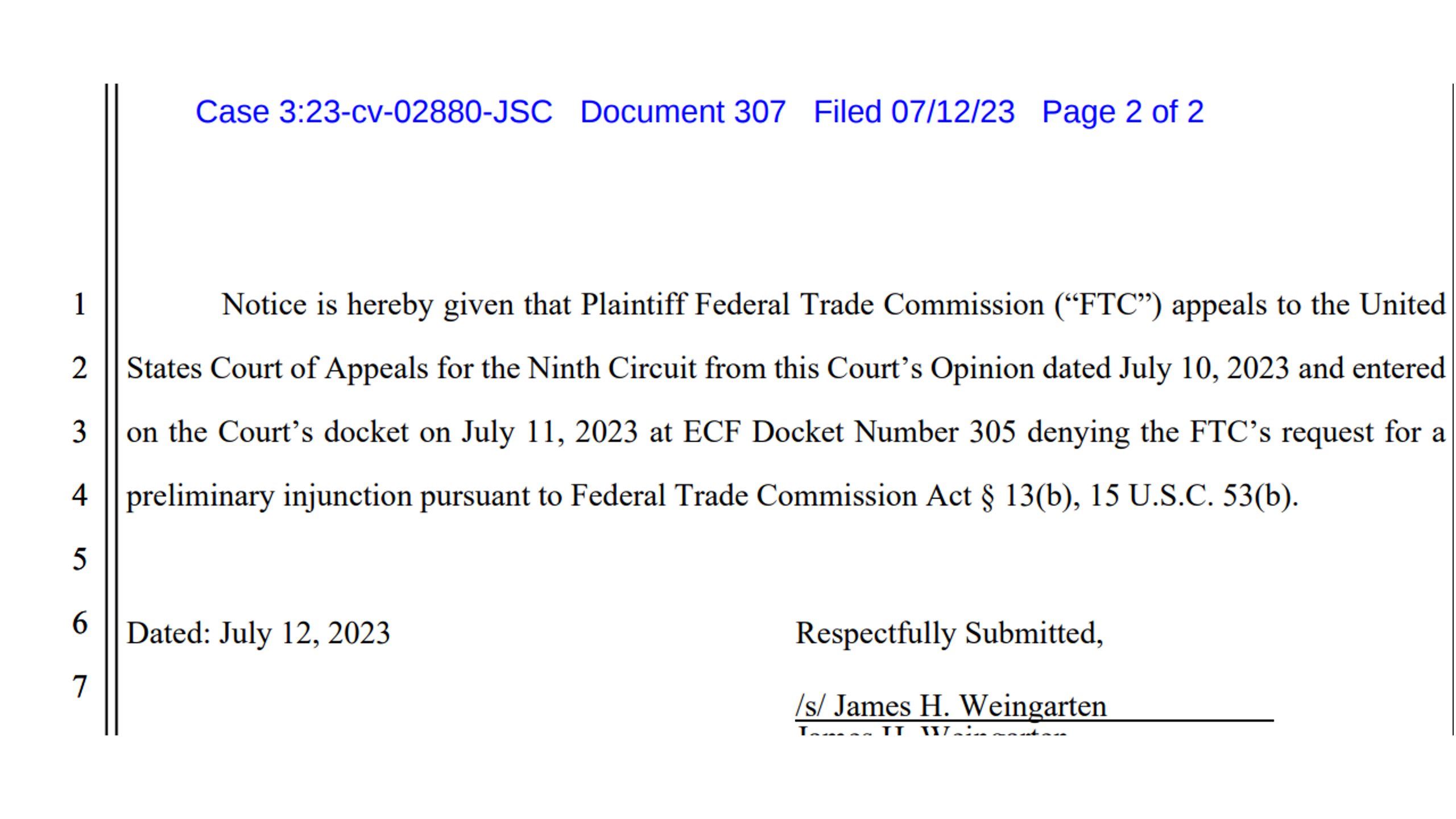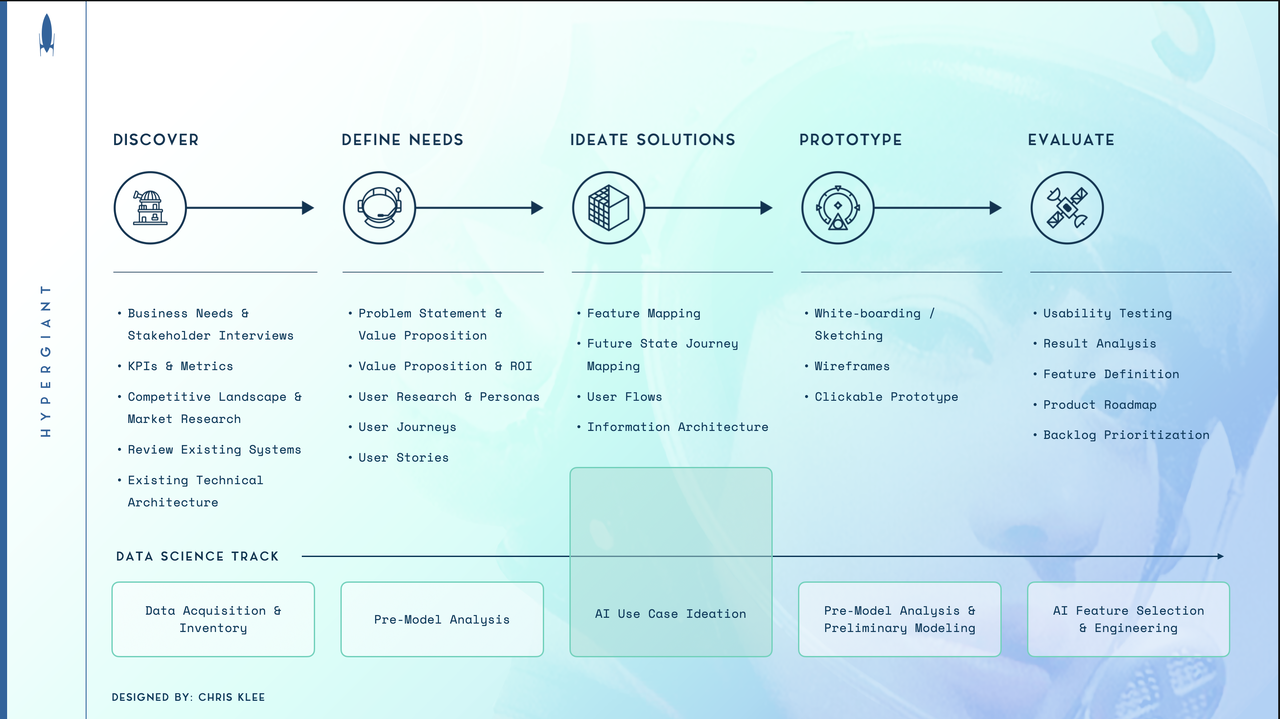Re-hired After Layoff: Navigating A Return To Your Former Employer

Table of Contents
Assessing Your Situation and Readiness for Rehire
Before reaching out to your former employer, it's crucial to assess your readiness for a rehire. This involves both introspection and research.
Reflecting on Your Previous Role and Departure
- Analyze the reasons for your layoff: Were there performance issues? Was it a company-wide restructuring? Honest self-reflection is vital.
- Identify skills and experience gained since: Have you undertaken any new projects, courses, or volunteer work that enhances your skillset?
- Assess your personal growth: How have you evolved professionally and personally since your departure? What new perspectives or insights can you bring?
Honesty about your past performance is key. Journaling or speaking with a mentor can provide valuable perspectives and help you identify areas for improvement. Addressing any shortcomings head-on demonstrates maturity and self-awareness.
Understanding the Company's Current Needs
- Research company news: Stay updated on recent announcements, projects, and challenges through press releases, company websites, and industry news.
- Check LinkedIn for open positions: See if there are any roles that align with your skills and experience. This provides valuable insights into the company's current priorities.
- Network with former colleagues: Reach out to individuals you trust to gather information about the company's current situation, potential openings, and any unspoken challenges.
Understanding the company's current needs and challenges is paramount. Demonstrating a genuine interest in their success, not just your own employment, will significantly enhance your prospects.
Making Contact and Expressing Interest
Reaching out to your former employer requires a strategic approach. Timing, method, and messaging are all critical.
The Best Approach for Reaching Out
- Email: A formal email allows for a well-structured message and provides a written record of your communication.
- LinkedIn message: A concise and personalized message on LinkedIn can be a less formal, yet professional approach.
- Networking through former colleagues: A referral from a trusted colleague can significantly improve your chances of getting noticed.
Choose the method that best suits your relationship with the company and the specific role you are targeting. Regardless of the method, maintaining a professional and concise approach is paramount.
Highlighting Your Value Proposition
- Focus on transferable skills: Highlight the skills you possess that are directly relevant to the company's current needs.
- New skills acquired: Showcase any new skills or knowledge gained since your layoff.
- Renewed enthusiasm: Express your continued interest in the company and your eagerness to contribute to its success.
- Understanding of company needs: Demonstrate your understanding of the company's current challenges and how your skills can address them.
Tailor your resume and cover letter to match current openings. Quantifiable achievements and results will speak volumes about your capabilities. Use strong action verbs and quantify your accomplishments whenever possible.
Navigating the Interview Process
The interview process for a rehire can be both an opportunity and a challenge. You need to address the layoff directly while highlighting your growth and value.
Addressing the Layoff in the Interview
- Frame the layoff positively: Present it as a learning experience or a chance for professional growth.
- Focus on learning and growth: Highlight any skills or knowledge you gained during your time away from the company.
- Showcase resilience and adaptability: Demonstrate your ability to overcome challenges and adapt to changing circumstances.
Prepare answers to tough questions about the layoff beforehand. Practice your responses to ensure you deliver them confidently and honestly.
Demonstrating Your Evolving Skills
- Highlight new skills learned: Showcase any new skills, certifications, or projects that demonstrate your commitment to professional development.
- Projects undertaken: Share examples of projects, both personal and professional, that showcase your skills and abilities.
- Continued professional development: Highlight any continued learning, such as courses, workshops, or conferences you've attended.
Show how these new skills can directly benefit the company. Provide specific examples that illustrate your abilities and their impact.
Negotiating Your Return Offer
Securing a desirable offer involves understanding your worth and negotiating effectively.
Understanding Your Worth
- Research industry salary benchmarks: Use online resources to understand the typical salary range for similar roles in your area.
- Consider your experience and new skills: Factor in any new skills or experiences you’ve gained since your layoff.
- Prepare a salary range: Develop a realistic salary range that reflects your value and market conditions.
Knowing your worth is crucial for confident negotiation. Don't undervalue yourself.
Beyond the Salary: Considering the Whole Package
- Job title: Consider the importance of the title in reflecting your responsibilities and seniority.
- Responsibilities: Ensure the role aligns with your career goals and aspirations.
- Growth potential: Inquire about opportunities for advancement and professional development.
- Company culture: Assess whether the company culture still aligns with your values and preferences.
- Benefits: Review the benefits package to ensure it meets your needs.
Don't solely focus on salary. Consider the overall package and negotiate aspects beyond compensation, such as vacation time or professional development opportunities.
Conclusion: Successfully Re-hired After Layoff – A New Beginning
Getting re-hired after a layoff requires careful planning, self-reflection, and strategic communication. By assessing your situation, understanding the company's needs, effectively communicating your value, and navigating the interview process with confidence, you can significantly increase your chances of a successful return. Remember the benefits of returning to a familiar workplace: established relationships, understanding of the company culture, and a potentially smoother transition. Apply these strategies, and leverage resources like career counseling or networking groups for added support. Your previous experience, combined with your growth and new skills, positions you for a successful and fulfilling return. Don't let a layoff define your career; use this opportunity to build an even stronger future.

Featured Posts
-
 Microsoft Activision Deal Ftcs Appeal And What It Means
Apr 26, 2025
Microsoft Activision Deal Ftcs Appeal And What It Means
Apr 26, 2025 -
 Russias Disinformation Campaign False Greenland News Fuels Denmark Us Discord
Apr 26, 2025
Russias Disinformation Campaign False Greenland News Fuels Denmark Us Discord
Apr 26, 2025 -
 Human Centered Ai Insights From Microsofts Head Of Design
Apr 26, 2025
Human Centered Ai Insights From Microsofts Head Of Design
Apr 26, 2025 -
 High Stock Market Valuations A Bof A Analysis For Investors
Apr 26, 2025
High Stock Market Valuations A Bof A Analysis For Investors
Apr 26, 2025 -
 T Mobiles 16 Million Fine Three Years Of Data Breaches
Apr 26, 2025
T Mobiles 16 Million Fine Three Years Of Data Breaches
Apr 26, 2025
